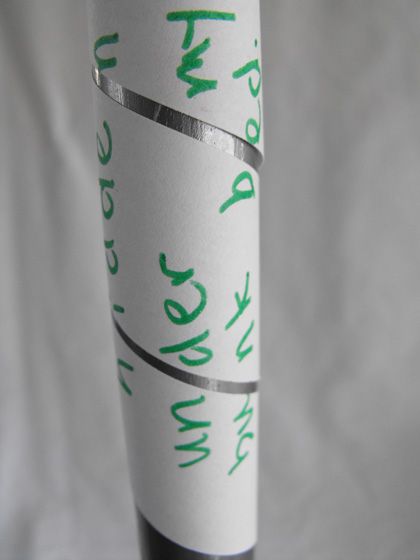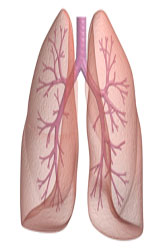Science project
How to Make Lightning
Have you ever wanted to be a mad scientist? Has your lack of control over lightning disheartened you? Never fear; this experiment will let you bend electricity to your will by showing you how to make lightning!
Materials
- Rubber glove
- Plastic fork
- Tin Foil
- Wood or plastic cutting board
- Styrofoam plate or rubber balloon
- Head of hair or wool
- Cool, low-humidity day (< 45% humidity, < 75 F temperature)
Procedure
- Fold tin foil around your plastic fork so that it looks like a big spatula. Make sure it’s as flat as possible with no sharp corners.
- Put on the rubber glove and use your gloved hand to rub the Styrofoam plate or rubber balloon on your hair or wool.
- Place the plate or balloon on your cutting board, and use the gloved hand to pick up your tin foil spatula.
- Place the tin foil part of your spatula on the balloon or plate. Touch the foil with your other hand. What happened? How can you explain what you saw?
- Pull the spatula up from the balloon or plate, and touch it again. What happened this time? Did you expect that?
- Experiment with other materials. Recharge your charged object using your hair or wool if necessary. Does your hand spark when it touches the balloon? Why do you think this is so?
Extra: for even cooler results, conduct this experiment in a room that you can darken as much as possible!
Results
You should have seen and felt a spark when you touched the foil. When you lifted the foil off and touched it again, you should have felt another spark. Your hand doesn’t spark, and most non-metallic objects won’t spark when you touch the charged object either. All metals insulated by your glove that touch both your charged object and your hand will spark.
Why?
You’re experimenting with static electricity. The static electricity you see is caused by the movement of electrons. Electrons carry a negative electrical charge, which causes them to be attracted to protons and repelled from other electrons. When you rub an object on your hair, it does one of two things: it either puts electrons onto the balloon, or strips electrons off of the Styrofoam plate. This gives the balloon or plate a net charge, meaning the object has either more electrons or fewer electrons than protons.
Metals are special materials in that their electrons are free to move almost wherever they like, instead of being stuck on the material’s molecules. When a metal object is placed near something with a net charge, all of the electrons in the metal will move to be either as far away from a negative charge as possible or as close to a positive charge as possible. Metals are called conductors. Your plate and your balloon are both insulators—they don’t let their electrons move where they want.
When your spatula moves close to the charged object, the electrons either want to get close to or far away from the object. When you bring your hand up to touch the spatula, the electrons flow to you or flow onto the spatula, depending on whether the spatula is touching the Styrofoam plate (towards) or the rubber balloon (away). Your skin is actually quite conductive! After the electrons move, the tin foil has a good number of electrons for its location (close to the charged object). When you move the tin foil spatula away from the charged object, it suddenly has a lot more or way fewer electrons than it needs, and so more will jump from your body to balance it out. You can keep going back and forth like that for a long time, since the electrons (or lack of electrons) on the charged object doesn’t change.
Your hand doesn’t spark because your body provides a path to ground. What that means is that when you bring your hand close to the balloon, all the extra electrons needed come from or go into the ground you’re standing on! Because of the rubber glove you’re wearing, the tin foil spatula has no path to ground, so it cannot equalize its charge. When you touch it, you are providing it with a path to ground for the electrons to move and balance things out. The earth has plenty of electrons to spare, and they move all over the place.
So what makes lightning? Lightning occurs when there’s a big charge difference between the clouds in the sky and the earth. Lightning is just a bigger version of the sparks you saw!
Education.com provides the Science Fair Project Ideas for informational purposes only. Education.com does not make any guarantee or representation regarding the Science Fair Project Ideas and is not responsible or liable for any loss or damage, directly or indirectly, caused by your use of such information. By accessing the Science Fair Project Ideas, you waive and renounce any claims against Education.com that arise thereof. In addition, your access to Education.com's website and Science Fair Project Ideas is covered by Education.com's Privacy Policy and site Terms of Use, which include limitations on Education.com's liability.
Warning is hereby given that not all Project Ideas are appropriate for all individuals or in all circumstances. Implementation of any Science Project Idea should be undertaken only in appropriate settings and with appropriate parental or other supervision. Reading and following the safety precautions of all materials used in a project is the sole responsibility of each individual. For further information, consult your state's handbook of Science Safety.













